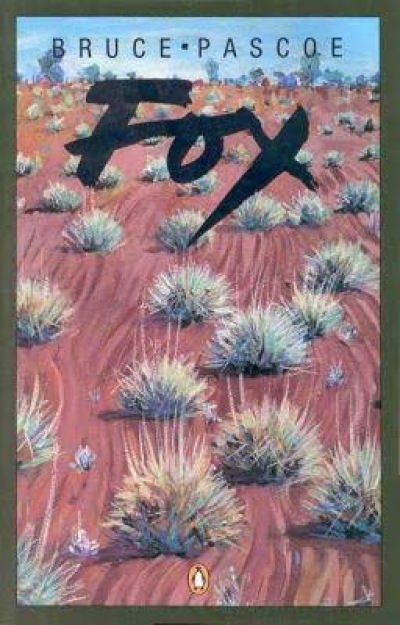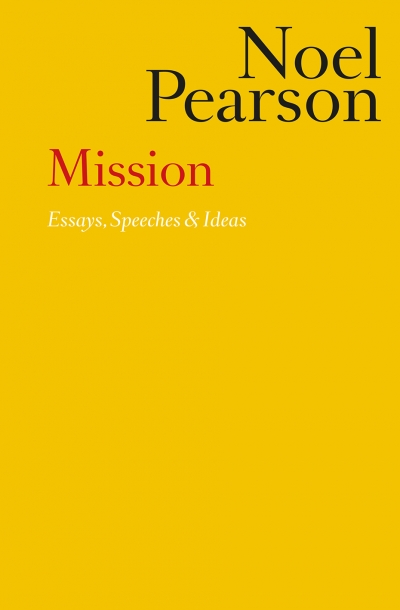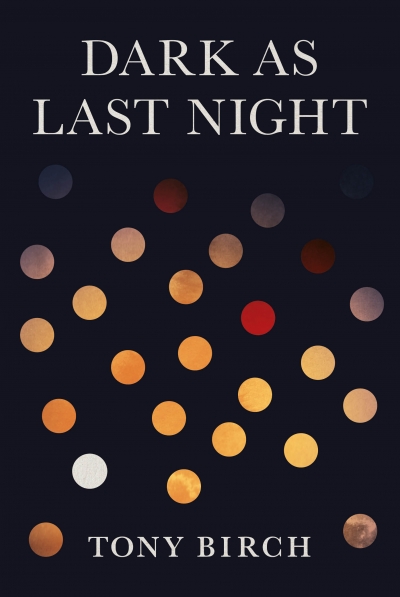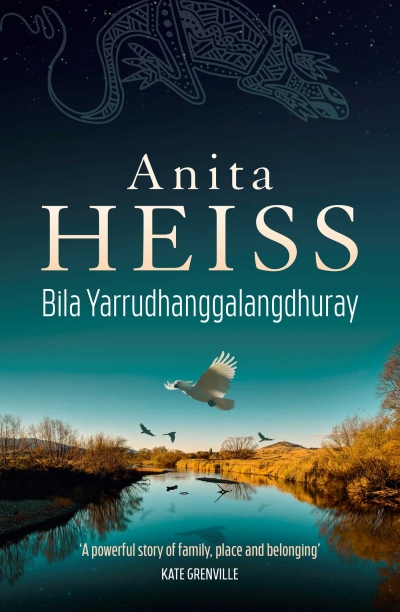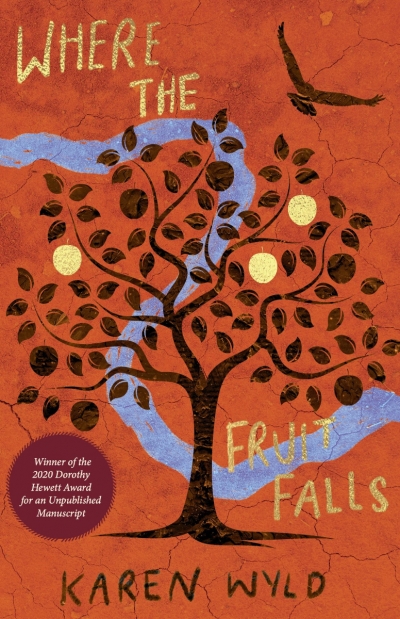It opens with an enigmatic statement – ‘It might take two hundred years’ – (what might?) – and then presents an enigmatic situation. Amidst Australian bush images and scraps of Aboriginal sounding stories, there is someone called Fox wandering around.
Fox, we soon learn, is a young chap called Jim Fox who is making a mysterious trip to Sydney from a farm he once lived on somewhere up the Murray.
He’d expected to be able to just go to places and remain anonymous, for people to just accept his presence as easily as he did theirs, with only the questions which could be answered by your own observations.
He was wrong, of course. People do ask him where he’s from and where he’s headed for and why he’s going there. Fox never says much, but no one minds; people only say affectionately ‘you’re a strange bugger, Fox’ and buy him beers, and give him rides, jobs, money, places to stay, and all the best advice they know.
...
(read more)

